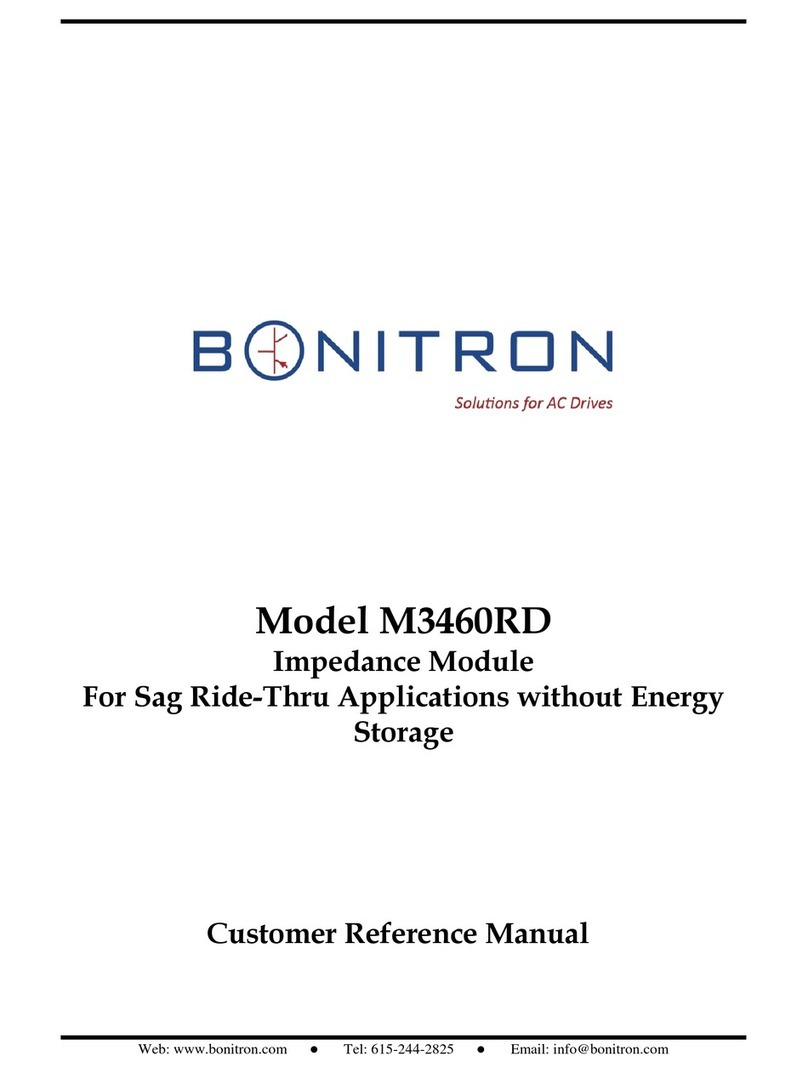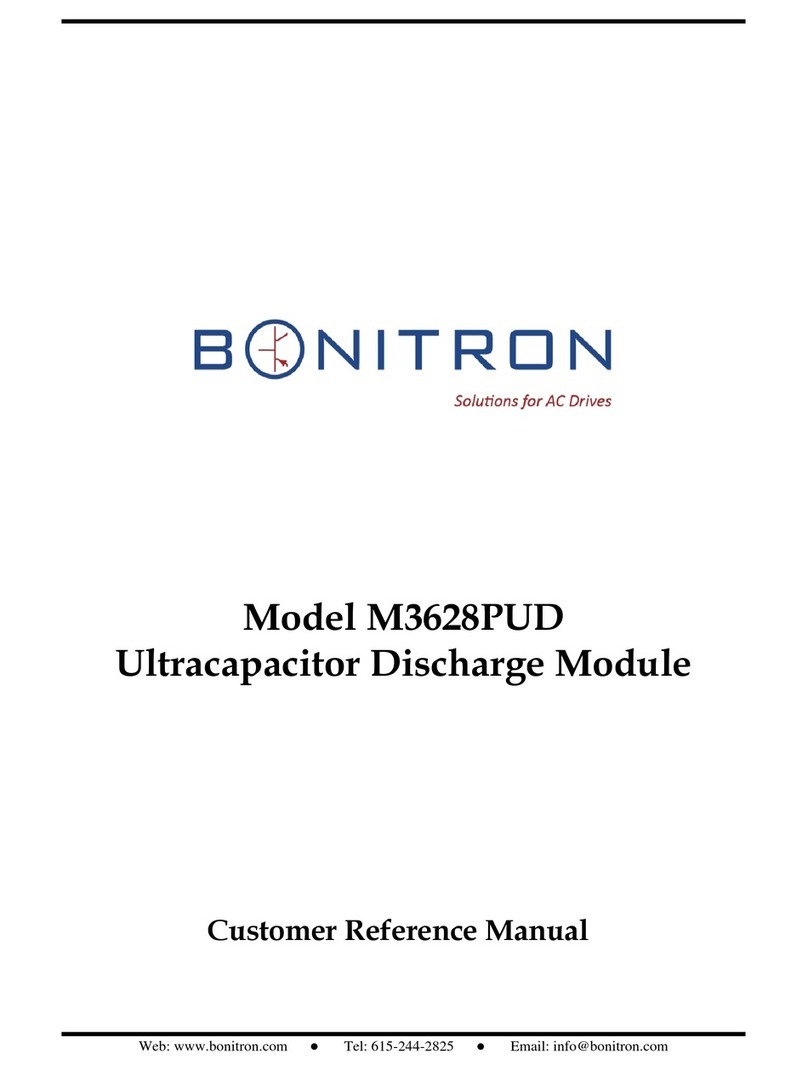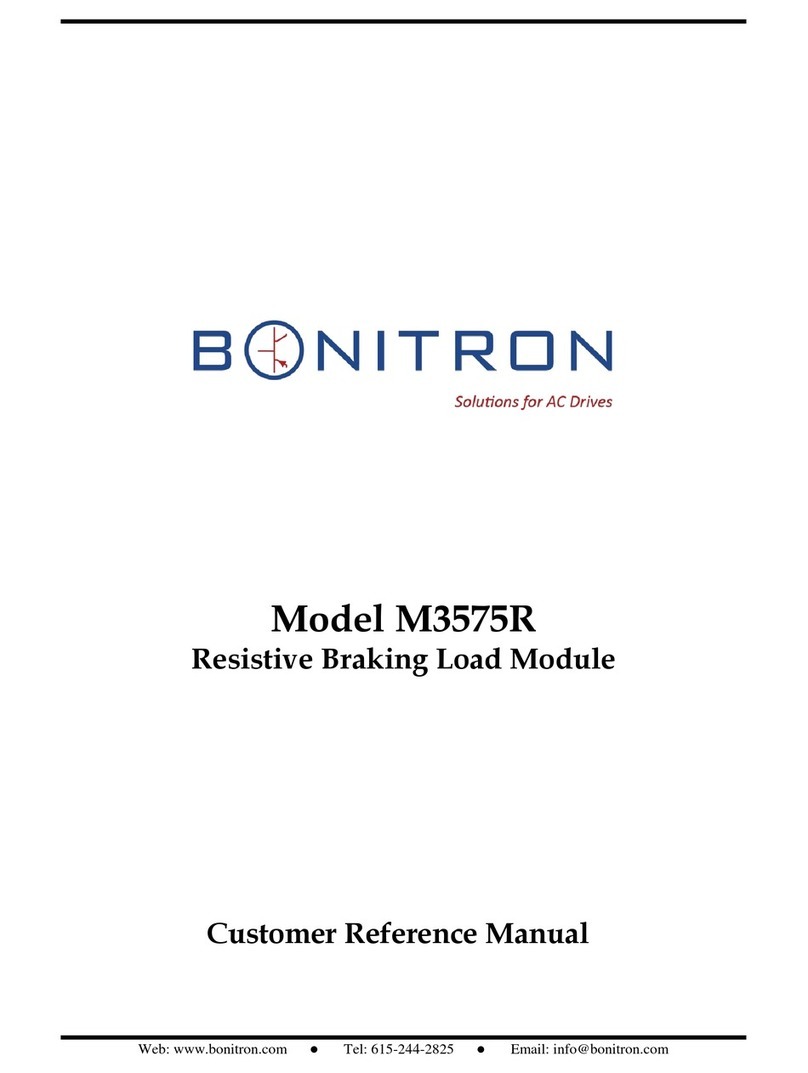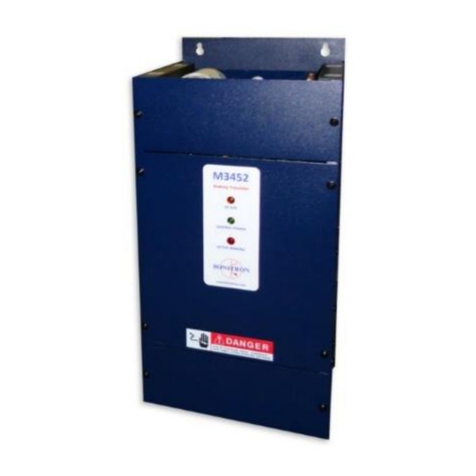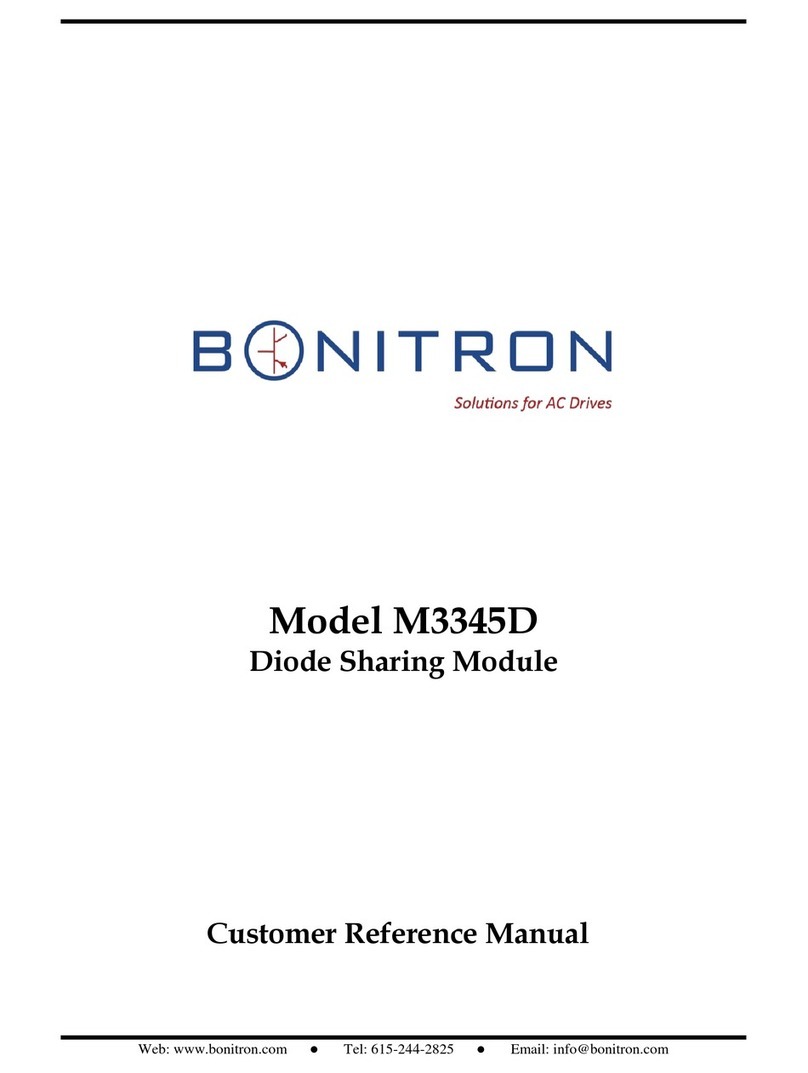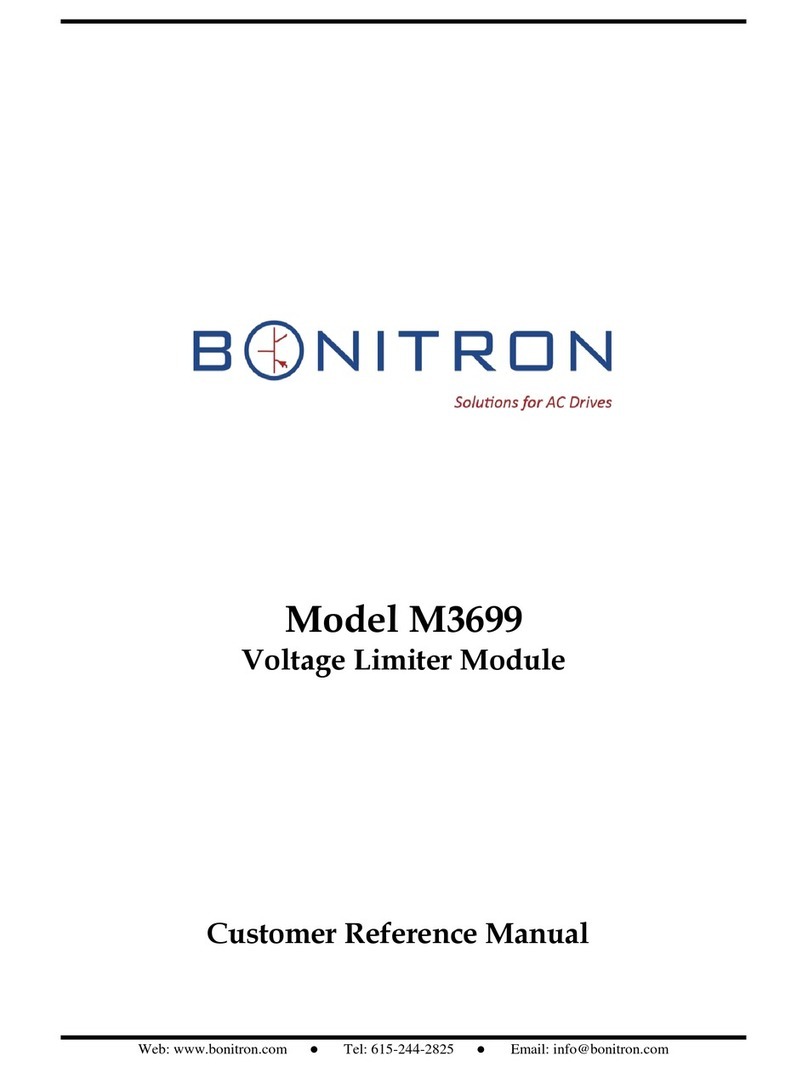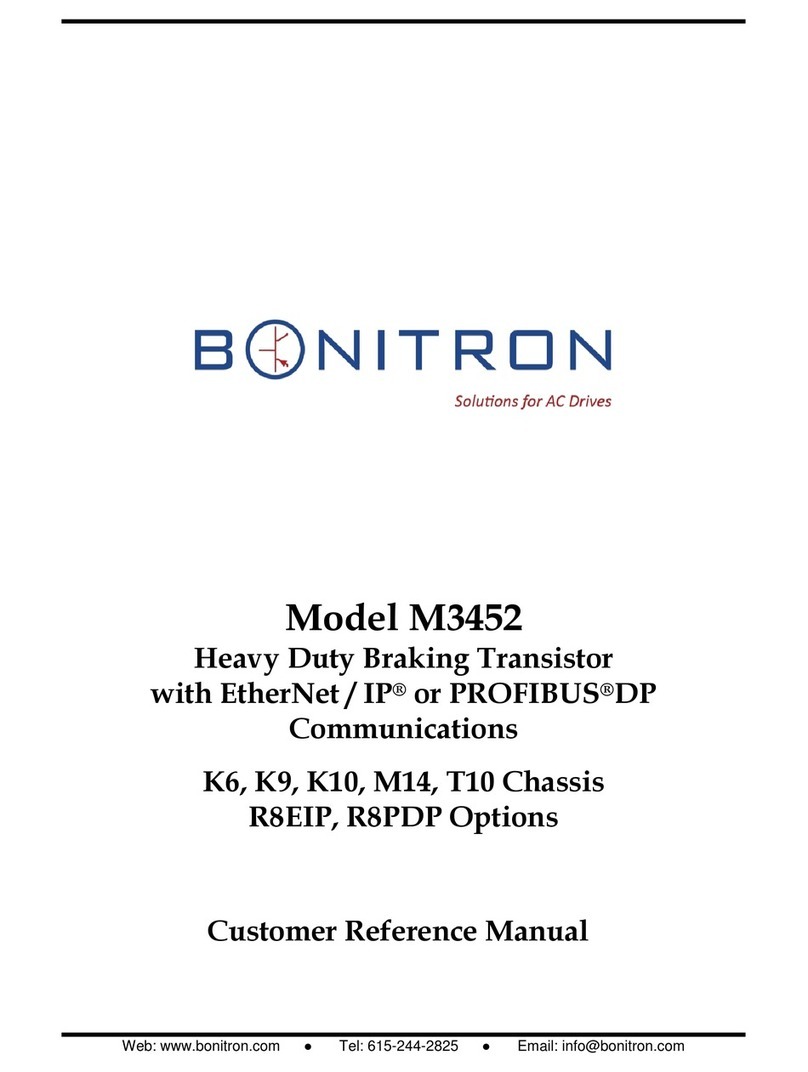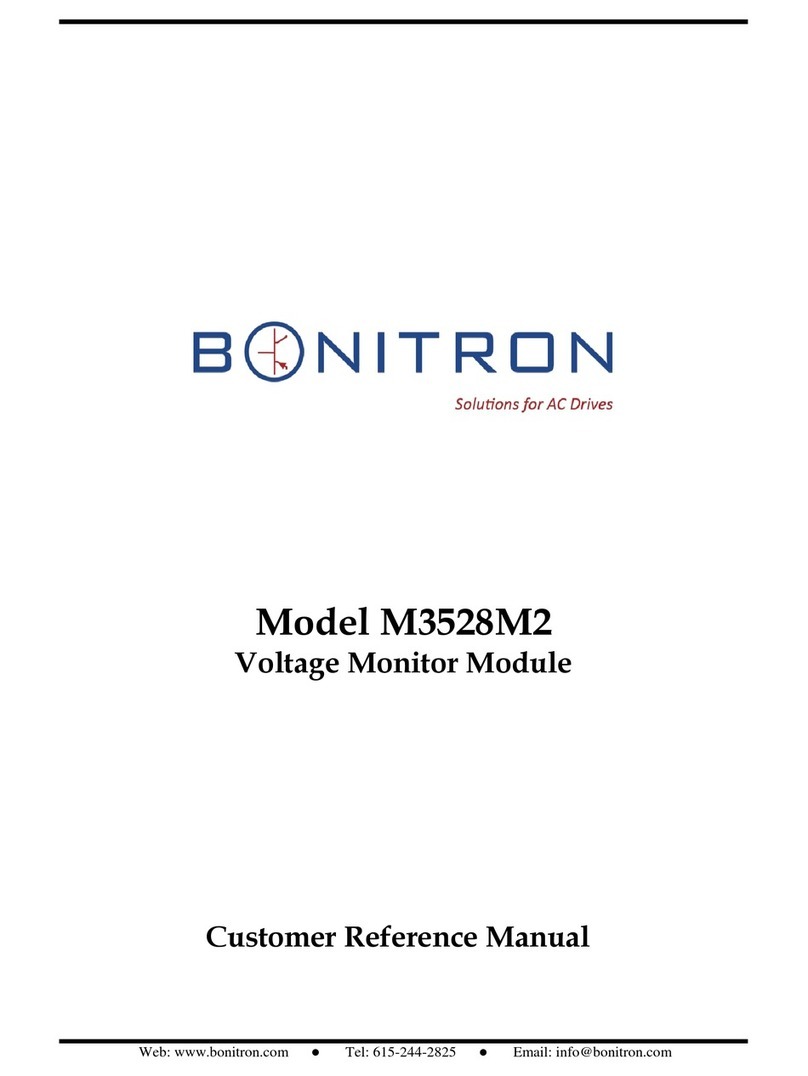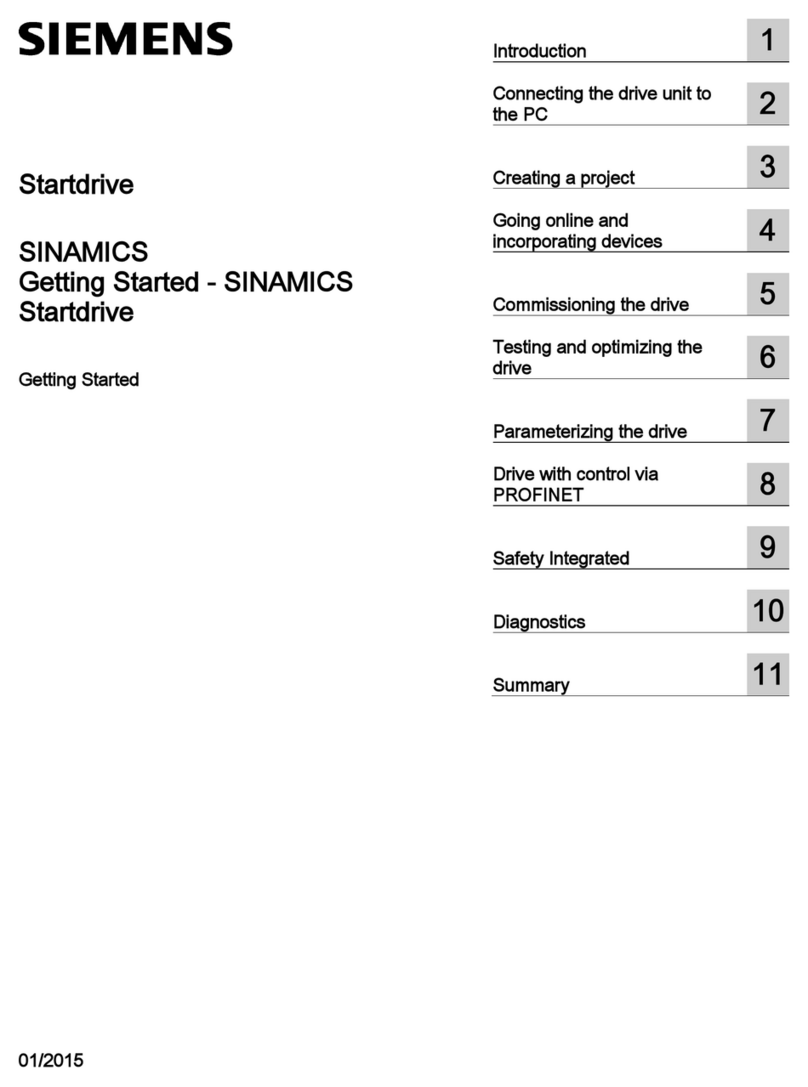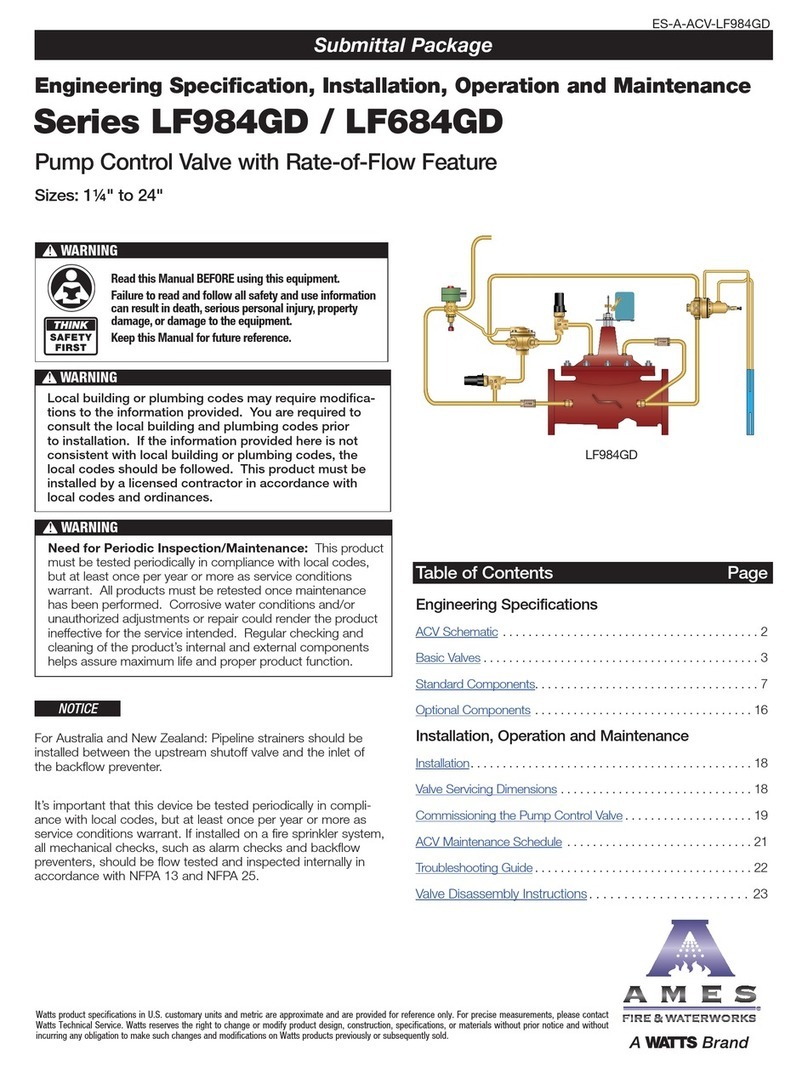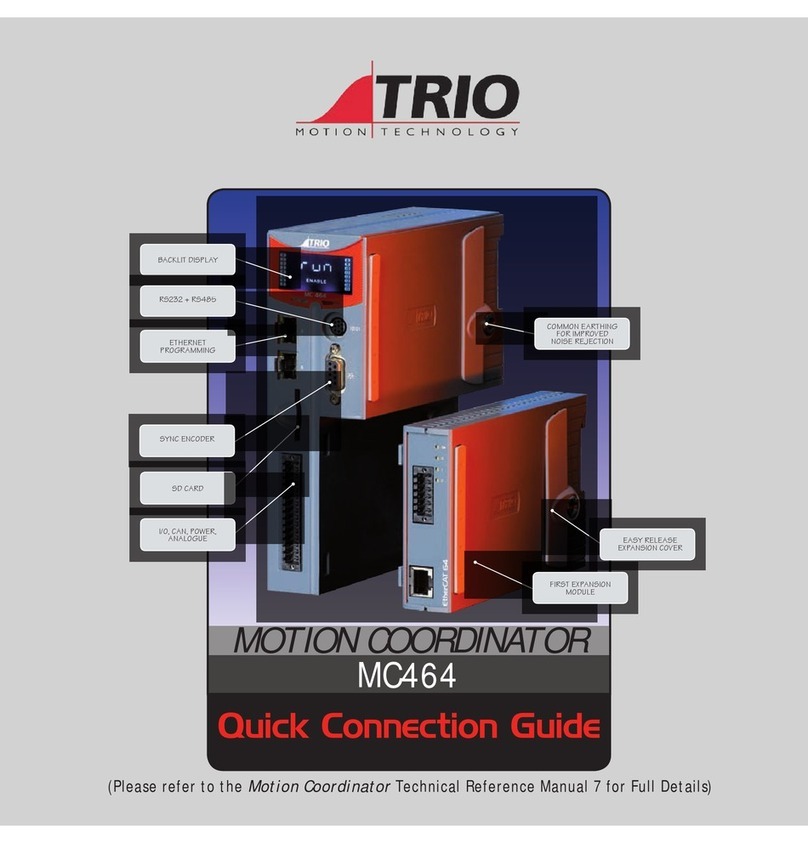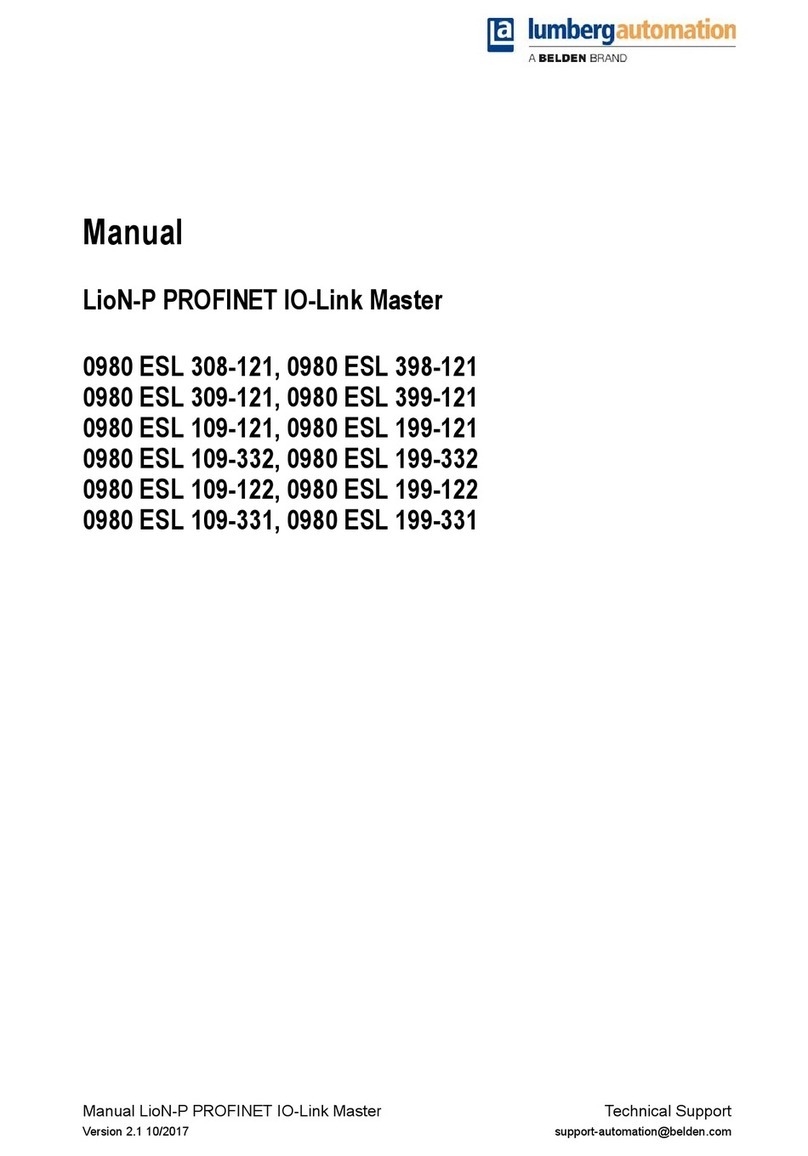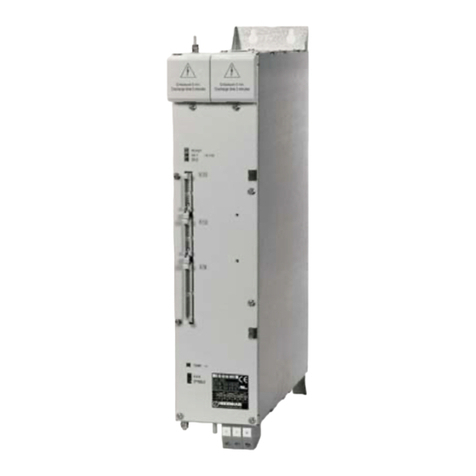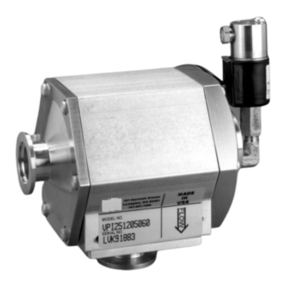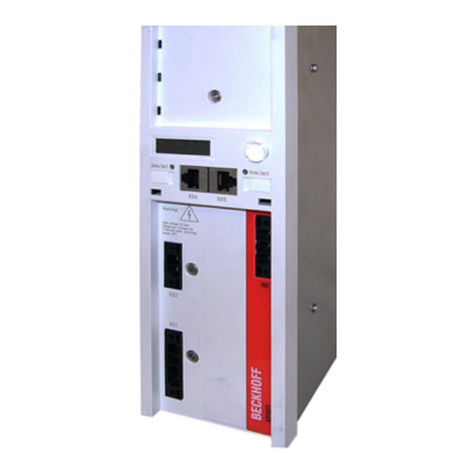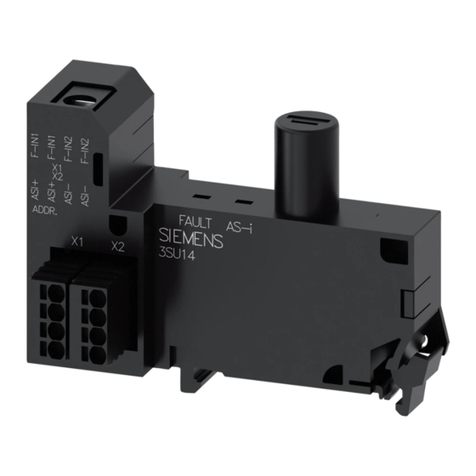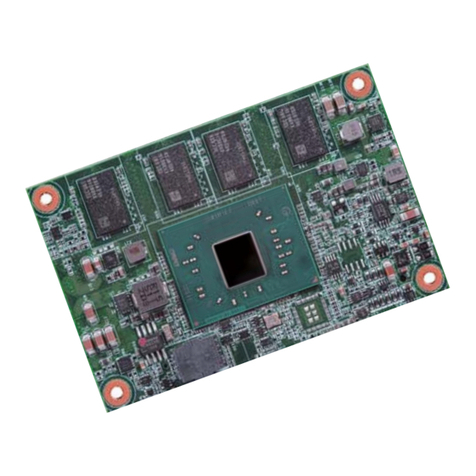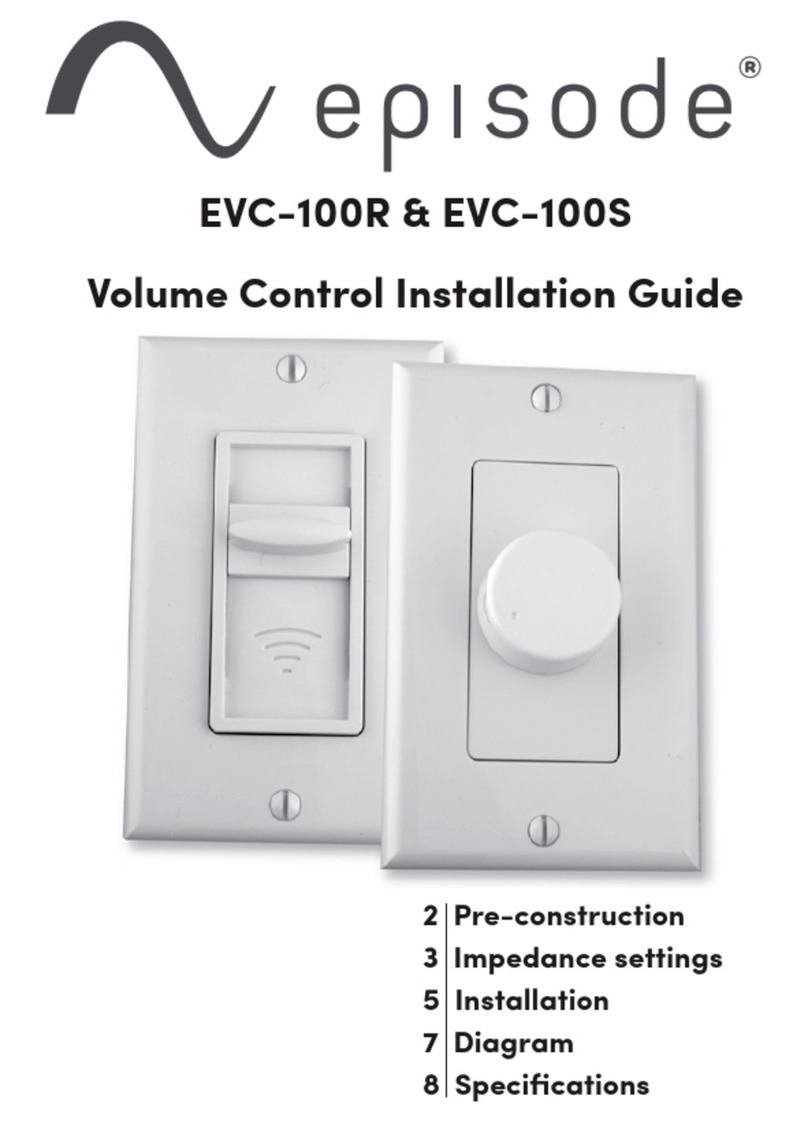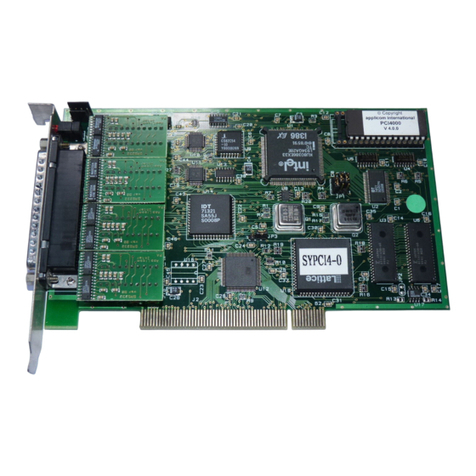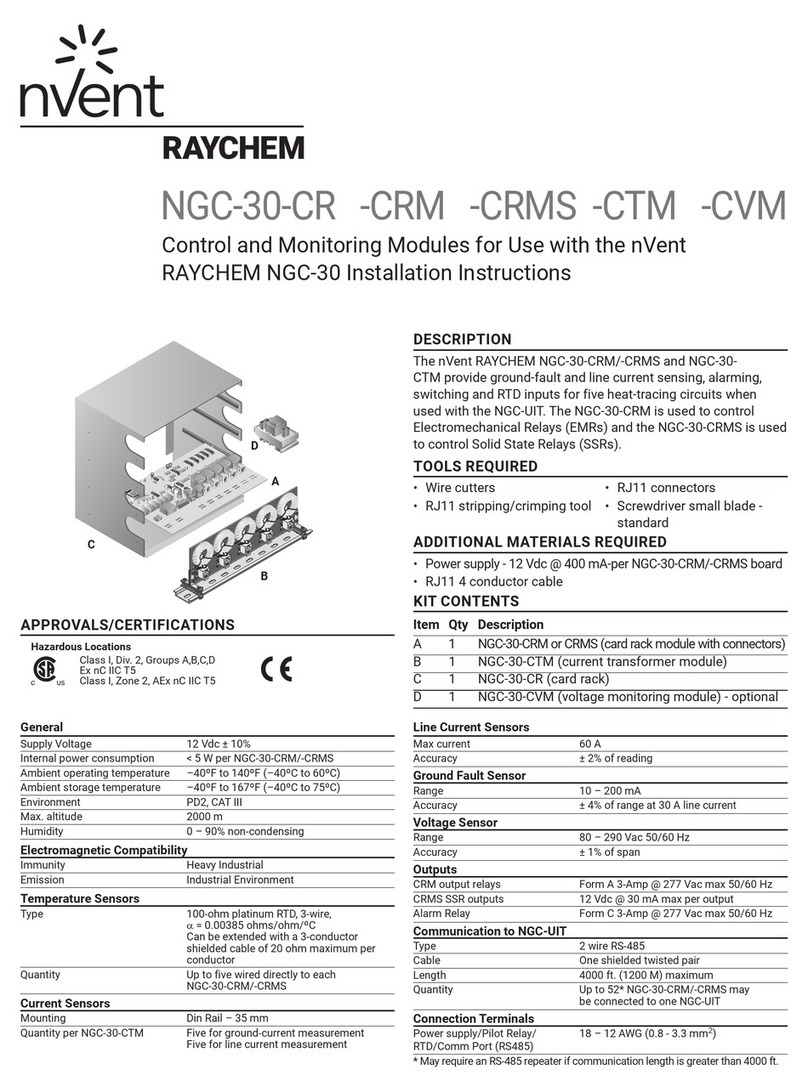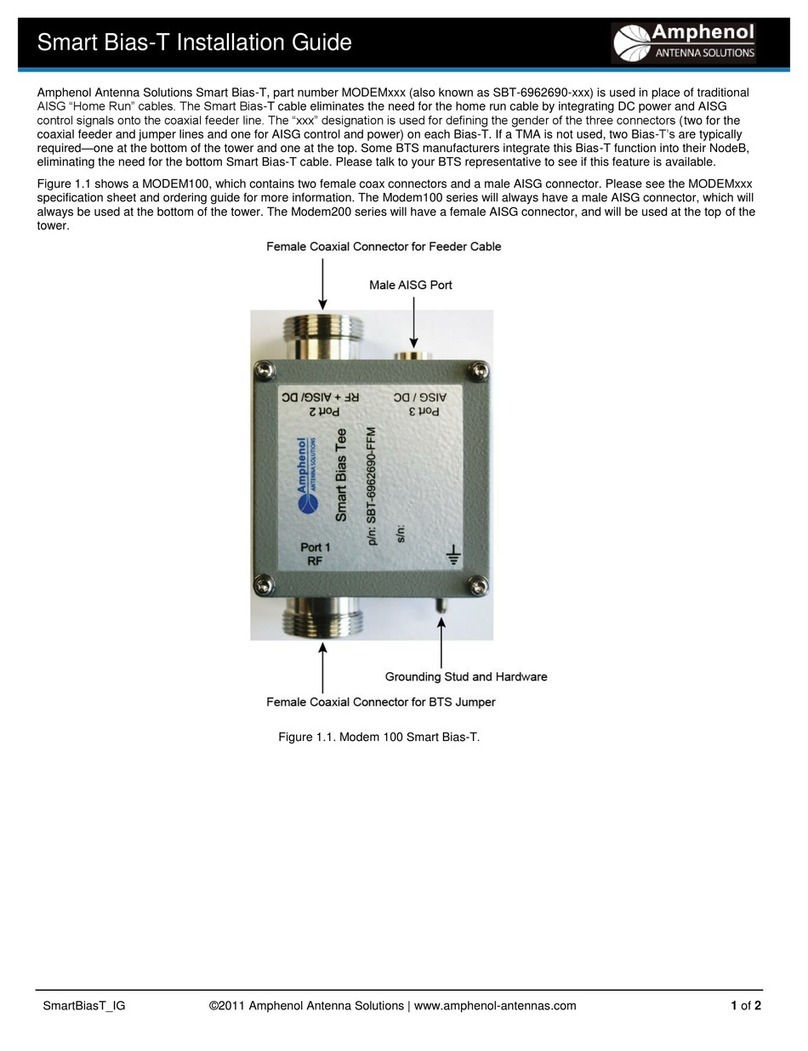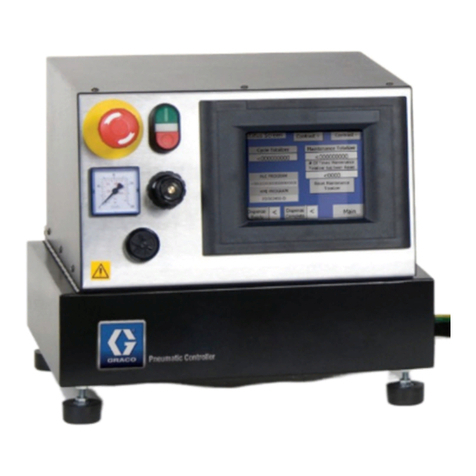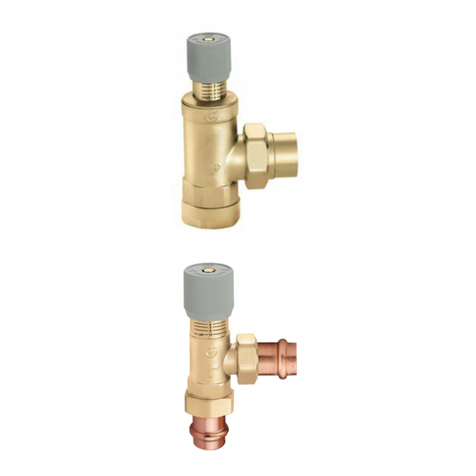Table of Contents
5
1. INTRODUCTION..........................................................................................................................7
1.1. Who Should Use...........................................................................................................................7
1.2. Purpose and Scope........................................................................................................................ 7
1.3. Manual Version and Change Record............................................................................................7
Figure 1-1: Typical M3460D.......................................................................................................................7
1.1. Symbol Conventions Used in this Manual and on Equipment.....................................................8
2. PRODUCT DESCRIPTION /FEATURES........................................................................................9
2.1. Related Products...........................................................................................................................9
2.2. Part Number Breakdown ..............................................................................................................9
Figure 2-1: Example of M3460D Part Number Breakdown........................................................................9
Table 2-1: Chassis Codes.............................................................................................................................9
2.3. General Specifications................................................................................................................10
Table 2-2: General Specifications Chart....................................................................................................10
2.4. General Precautions and Safety Warnings .................................................................................11
3. INSTALLATION INSTRUCTIONS................................................................................................13
3.1. Product Inspection......................................................................................................................13
3.2. Site Selection.............................................................................................................................. 13
3.3. Mounting ....................................................................................................................................13
3.4. Wiring and Customer Connections.............................................................................................13
3.4.1. Power Wiring......................................................................................................................................13
Table 3-1: Power Wiring Specifications....................................................................................................13
3.5. Typical Configurations...............................................................................................................14
Figure 3-1: Typical Field Wiring for M3460 Booster System...................................................................14
4. OPERATION..............................................................................................................................15
4.1. Functional Description ...............................................................................................................15
4.2. Features....................................................................................................................................... 15
4.3. Startup......................................................................................................................................... 15
4.3.1. Pre-Power Checks...............................................................................................................................15
4.3.2. Startup Procedure And Checks...........................................................................................................15
4.4. Operational Adjustments............................................................................................................15
5. MAINTENANCE AND TROUBLESHOOTING...............................................................................17
5.1. Troubleshooting.......................................................................................................................... 17
5.1.1. Circulating currents between drives ...................................................................................................17
5.1.2. Heatsink gets excessively hot or drives do not behave properly during normal operating conditions17
5.1.3. Ground Faults.....................................................................................................................................17
5.2. Technical Help –before you call................................................................................................17
6. ENGINEERING DATA................................................................................................................19
6.1. Ratings Charts.............................................................................................................................19
Table 6-1: M3460D Diode Ratings............................................................................................................19
6.2. Watt Loss....................................................................................................................................19
Table 6-2: M3460D Watt Loss..................................................................................................................19
6.3. Dimensions and Mechanical Drawings ......................................................................................20
Figure 6-1: Typical “H” Chassis................................................................................................................20
Figure 6-2: Typical “J” Chassis .................................................................................................................21
Figure 6-3: Typical “L” Chassis ................................................................................................................21
Figure 6-4: Typical “N” Chassis................................................................................................................22
Figure 6-5: Typical “P4” Chassis ..............................................................................................................23
Figure 6-6: Typical “P6” Chassis ..............................................................................................................24
Figure 6-7: Typical “P2” Chassis ..............................................................................................................26
Figure 6-8: Block Diagram Example of a Ride-Thru / Diode Application................................................27





















